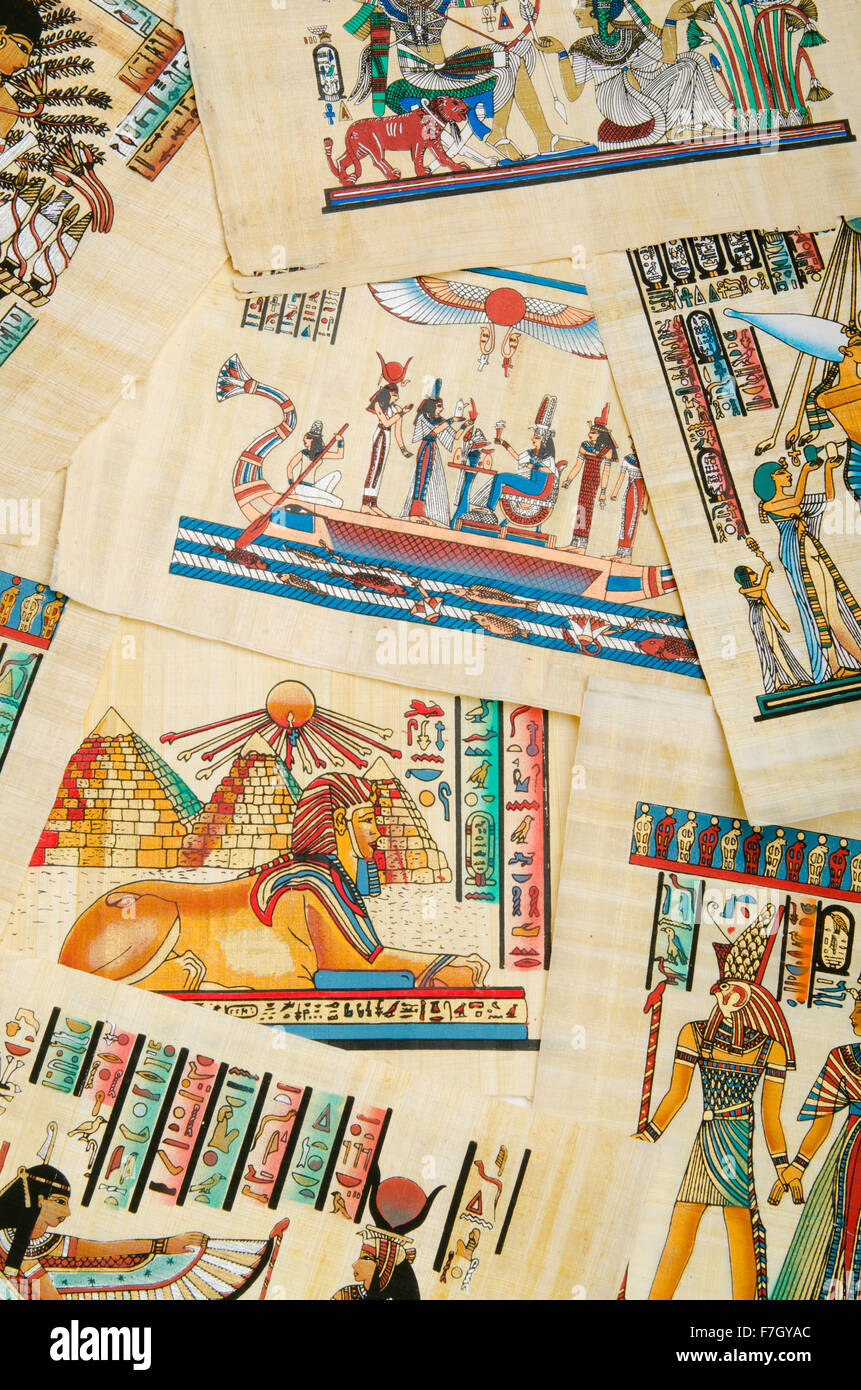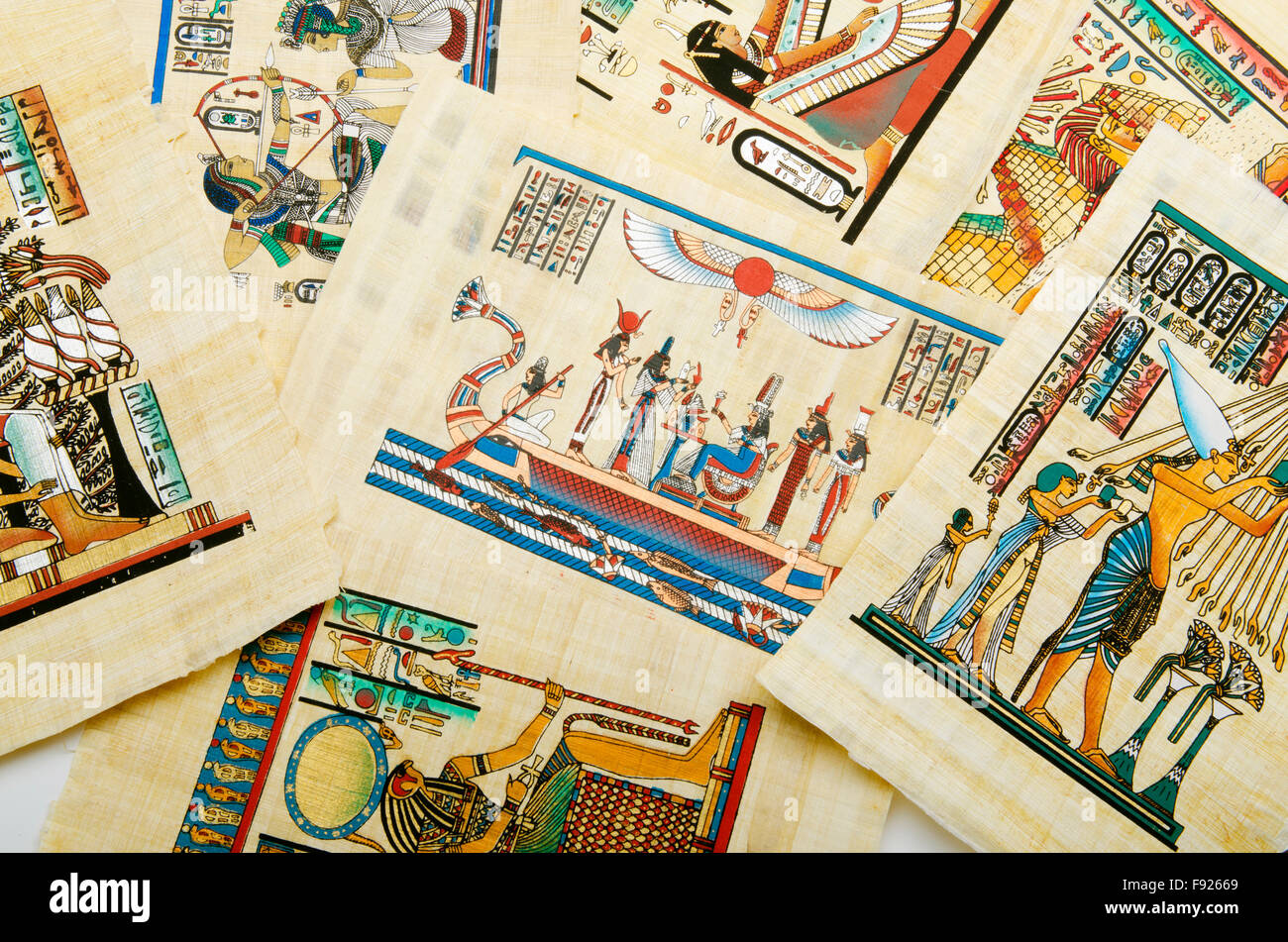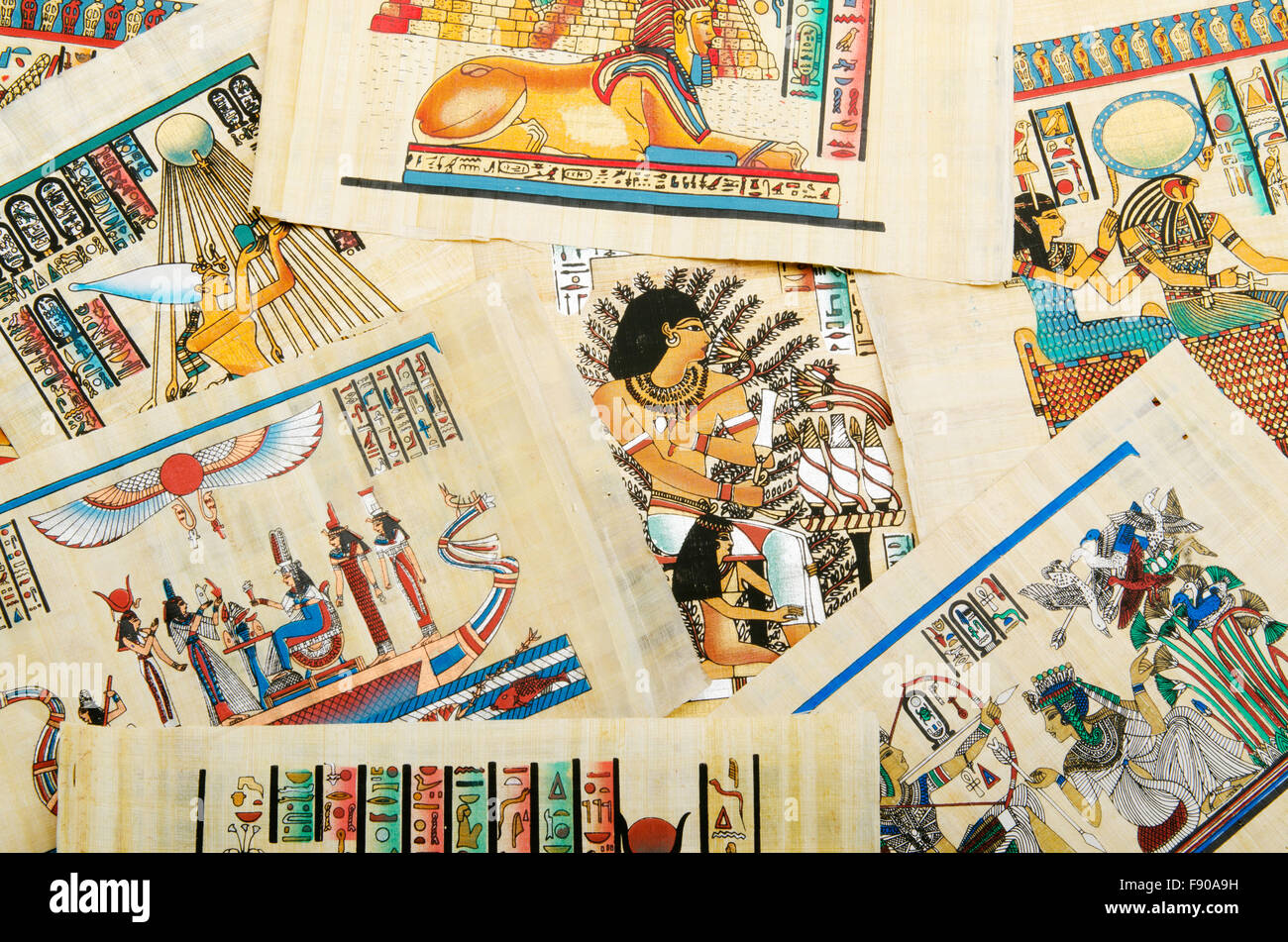Unveiling Ancient Persia: A Journey Through Iran's Rich History
Embark on a captivating journey through the annals of time to explore the profound and enduring history of ancient Iran. From the dawn of civilization to the pivotal Arab conquest in the 7th century AD, the land known today as Iran has been a crucible of empires, a cradle of cultures, and a beacon of innovation. This comprehensive article delves into the foundational periods that forged the identity of the Iranian peoples, revealing the intricate tapestry of their achievements, struggles, and lasting legacies.
The story of ancient Iran is not merely a chronicle of kings and battles; it is an exploration of philosophical thought, artistic expression, and administrative genius that profoundly influenced the course of world history. We will trace the evolution of societies, the rise and fall of mighty empires, and the enduring spirit of a civilization that consistently reinvented itself while preserving its unique heritage. Prepare to uncover the layers of a past that continues to resonate in the present, shaping the modern identity of a vibrant nation.
Table of Contents
- Prehistoric Roots: The Dawn of Civilization in Ancient Iran
- Elamites and Early Kingdoms: Forerunners of Empire
- The Rise of the Medes: Unifying the Iranian Plateau
- The Achaemenid Empire: Cyrus the Great and the Golden Age of Persia
- Hellenistic and Parthian Eras: Resistance and Revival
- The Sasanian Empire: Zenith of Ancient Iranian Power
- The Arab Conquest: A Turning Point for Ancient Iran
- The Enduring Legacy: Shaping Iran's Modern Identity
Prehistoric Roots: The Dawn of Civilization in Ancient Iran
The story of the Iranian plateau stretches back tens of thousands of years, long before the emergence of organized states. Archaeological discoveries across the region, from sites like Tepe Sialk, Tepe Yahya, and Chogha Zanbil, reveal a rich tapestry of prehistoric cultures. These early inhabitants, often nomadic or semi-nomadic, gradually transitioned to settled agricultural communities, laying the groundwork for more complex societies. Evidence of early metallurgy, sophisticated pottery, and rudimentary forms of writing indicates a surprisingly advanced level of development for their time. The unique geographical position of ancient Iran, acting as a crucial bridge between the East and West, facilitated the exchange of ideas, technologies, and cultural practices, contributing significantly to its early societal evolution. This period, though shrouded in the mists of time and reliant on archaeological interpretation, is absolutely crucial for understanding the deep roots of the Iranian peoples and their enduring connection to the land that would become their historical heartland. It sets the foundational stage for the remarkable history of ancient Iran that would follow.
Elamites and Early Kingdoms: Forerunners of Empire
Emerging in the third millennium BCE, the Elamite civilization represents one of the earliest and most significant pre-Iranian powers on the plateau. Centered in the southwestern region, modern-day Khuzestan, Elam developed a distinctive culture, a unique language (Elamite), and its own writing system, often interacting, and at times clashing, with the mighty Mesopotamian empires of Sumer, Akkad, and Babylon. Their capital, Susa, became a prominent urban center, showcasing advanced architecture, intricate art, and sophisticated administrative structures. The Elamites were renowned for their skilled metalwork, particularly in bronze, and their impressive ziggurats, such as the one at Chogha Zanbil, stand as testaments to their architectural prowess. Their long and complex history, spanning over two millennia, provides a vital link between the prehistoric past and the later emergence of the Indo-Iranian peoples. While not ethnically Iranian in the same vein as the Medes or Persians, their enduring presence profoundly shaped the political and cultural landscape of the region, setting the stage for future empires that would define the rich history of ancient Iran.
The Rise of the Medes: Unifying the Iranian Plateau
Around the 9th century BCE, a new power began to coalesce on the Iranian plateau: the Medes. These Indo-Iranian peoples, migrating from the Eurasian steppes, settled in the western parts of what is now Iran, establishing their capital at Ecbatana (modern Hamadan). Initially organized into various independent tribes, they gradually unified under a series of powerful kings, most notably Cyaxares. The Medes played a crucial role in the downfall of the Neo-Assyrian Empire, a dominant and often brutal force in the Near East, by forming a strategic alliance with the Babylonians. This decisive victory in 612 BCE, which saw the destruction of the Assyrian capital Nineveh, marked a significant shift in regional power dynamics and established the Medes as the first major Iranian empire. Their dominion extended over a vast territory, encompassing much of the western Iranian plateau and parts of Anatolia. They laid the administrative and cultural foundations that would be inherited and expanded upon by their successors, the Persians. The Medes represent the true genesis of Iranian imperial power, a pivotal moment in the unfolding history of ancient Iran.
The Achaemenid Empire: Cyrus the Great and the Golden Age of Persia
The Achaemenid Empire, founded by Cyrus the Great, stands as one of the most remarkable achievements in ancient history, marking the zenith of ancient Iranian power and influence. Spanning from the Balkans in the west to the Indus Valley in the east, it was the largest empire the world had yet seen, characterized by its innovative administrative structure, a policy of religious tolerance, and monumental architecture. This period, often referred to as the Golden Age of Persia, saw the flourishing of art, science, and sophisticated governance, leaving an indelible mark on subsequent civilizations. The Achaemenids’ unparalleled ability to govern such a vast and diverse realm with relative peace and prosperity for over two centuries is a testament to their political acumen, cultural policies, and a deep understanding of multi-ethnic administration.
Cyrus the Great: Architect of an Empire
The true architect of the Achaemenid Empire was Cyrus II, famously known as Cyrus the Great. His rise to power was swift and strategically brilliant. As recounted in the "Data Kalimat," **Cyrus first defeated another Iranian people called the Medes**, his own overlords, around 550 BCE. This was not a conquest of subjugation but rather a unification of kindred peoples under a new, more dynamic leadership, effectively merging the Median and Persian domains. Cyrus then turned his attention westward. **In 547, he defeated the kingdom of Lydia (in what is now Turkey) at the Battle of Pterya and became the ruler of most of Asia Minor.** His victory over the fabulously wealthy King Croesus of Lydia was legendary, further expanding his dominion and securing vital trade routes. Perhaps his most famous and impactful act was the conquest of Babylon in 539 BCE, where he famously released the Jewish exiles, allowing them to return to Jerusalem and rebuild their temple. This benevolent act earned him widespread acclaim and is documented in biblical texts, notably the Cyrus Cylinder. Cyrus's rule was characterized by a policy of religious and cultural tolerance, allowing conquered peoples to maintain their customs, languages, and beliefs, a stark contrast to the brutal methods of the Assyrians. This enlightened approach fostered loyalty and stability, forming the bedrock of the Achaemenid Empire's longevity and setting a profound precedent for future empires in the history of ancient Iran.</
- Nicole Lampson
- Ruth Negga Dating
- Who Is Jennifer Garner Dating
- Tim Burton Dating History
- Meghann Fahy Age

Egyptian history concept with papyrus Stock Photo - Alamy

Egyptian history concept with papyrus Stock Photo - Alamy

Egyptian history concept with papyrus Stock Photo - Alamy